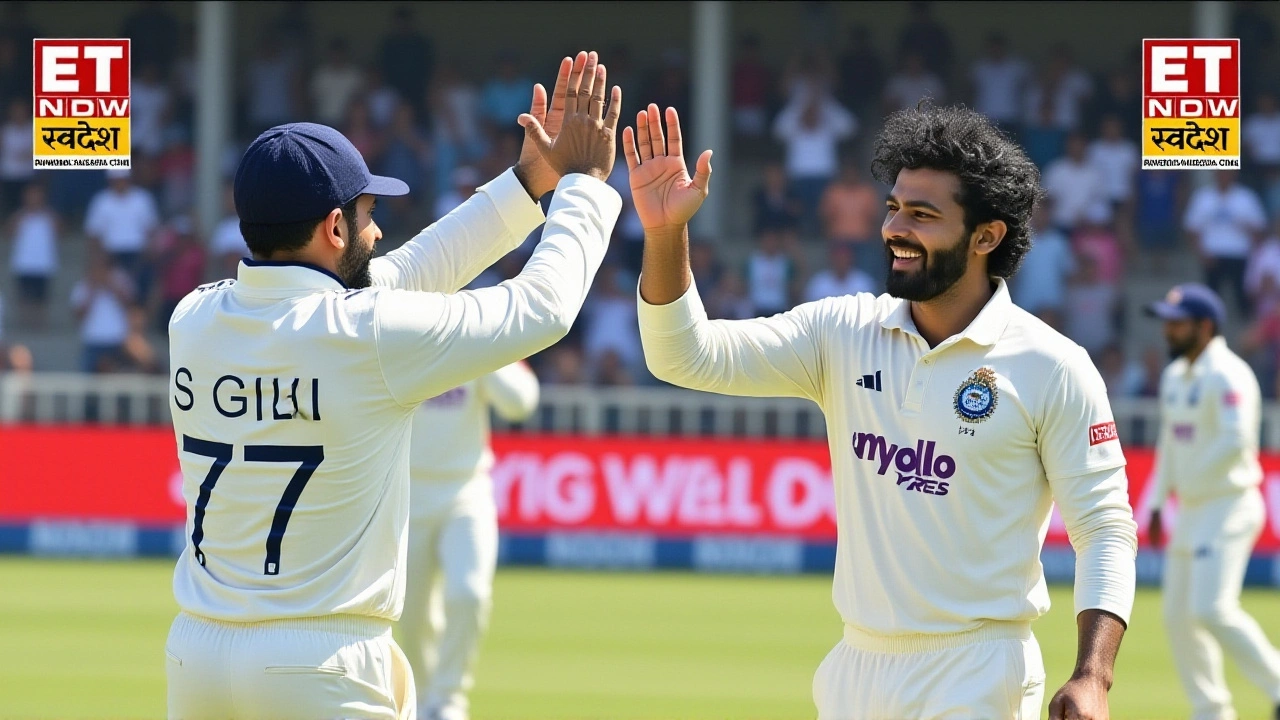India West Indies Cricket – History, Highlights & Current Buzz
When you hear India West Indies, the cricket rivalry that has sparked unforgettable matches and fierce competition since the 1970s, you instantly picture legendary centuries and thunderous sixes. Also known as India vs West Indies cricket, this duel blends skill, culture and raw passion. Below we break down why the rivalry matters, who drives it and how fans across the globe stay connected.
Roots and milestones of the rivalry
The cricket, a bat‑and‑ball sport that unites nations has been the arena where India and the West Indies first clashed in 1974. That inaugural test in Bombay set the tone: West Indian fast bowlers rattled Indian batsmen, while Indian spin hinted at a counter‑attack. Fast‑forward to 1983, India’s win in the World Cup sparked a new era of confidence, and the 1992‑93 series produced the famous Sachin‑Brian Lara duel that still fuels debate. Each historic series adds a layer to the rivalry, proving it’s more than just a game – it’s a cultural exchange.
These contests also influence governing bodies. The BCCI, the Board of Control for Cricket in India oversees India’s schedule, player contracts and commercial rights, while the West Indies Cricket Board, the administrative body for Caribbean cricket manages its own talent pool and tour planning. Their coordination determines when the two sides meet, whether in Tests, ODIs or T20s, and sets ticket prices, broadcasting deals and venue choices.
From a strategic view, the rivalry requires star players who can swing momentum. Indian giants like Virat Kohli, Rohit Sharma and Jasprit Bumrah bring aggressive batting and lethal pace, while West Indies legends such as Chris Gayle, Kieron Pollard and Jasprit’s Caribbean counterpart showcase raw power. The clash of styles—Indian finesse versus Caribbean flair—creates tactical battles that analysts love to dissect.
Media coverage amplifies the excitement. Outlets like Times of India and India Today publish pre‑match predictions, live scores and post‑match analysis, shaping public opinion. Their articles often reference broader topics like citizenship issues for players of Indian origin in the Caribbean or the role of diaspora fans who follow matches from abroad. This connection mirrors the post about obtaining an Indian citizenship certificate, reminding us that sports can intersect with legal and cultural identities.
For fans living outside India, streaming platforms play a crucial role. Services such as YuppTV, Sling TV or Hotstar broadcast live Indian TV channels—including cricket channels—directly to the United States, Germany and other countries. This mirrors the discussion on where to watch Indian TV channels live in the USA, showing how technology bridges geographic gaps. Whether you’re an Indian expatriate in Germany or a West Indian living in New York, a reliable stream ensures you won’t miss a single boundary.
Beyond viewing, the rivalry impacts local economies. Host cities see spikes in hotel bookings, restaurant traffic and transport demand during series weeks. The Ken‑Betwa link pact’s focus on water and power resources highlights how large‑scale projects can improve regional infrastructure, indirectly benefiting venues that host international matches. Similarly, sustainable initiatives like the LiFE movement, launched by Prime Minister Modi, encourage greener stadium practices, aligning sports with environmental goals.
Each match also serves as a platform for emerging talent. Young Indian MS students studying in the USA, for example, often organize viewing parties that blend academic networking with cricket fandom. This reflects how the student experience intertwines with cultural ties, turning a simple game into a community‑building event.
In short, the India West Indies cricket rivalry is a multi‑layered phenomenon that touches history, governance, media, technology, economics and personal identity. Below you’ll find articles that dive deeper into these angles—whether you’re after match statistics, streaming tips, or behind‑the‑scenes stories about players and fans. Keep reading to explore the full spectrum of this iconic sporting duel.

KL Rahul breaks 9‑year home Test century drought at Ahmedabad
KL Rahul ends a nine‑year home Test century drought with a 115-run knock at Ahmedabad, dedicating it to his newborn daughter and signalling a new era for India's batting.
read more